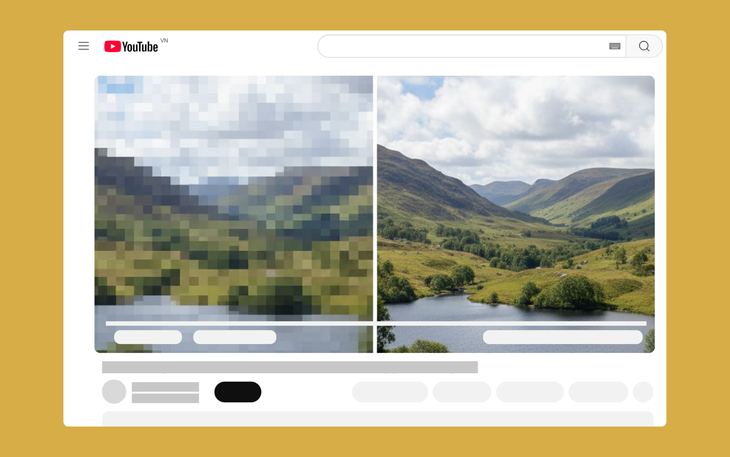
YouTube uses AI technology to unintentionally edit creators' videos - Photo: THANH THU
YouTube is conducting a high-profile experiment: automatically enhancing videos using AI processing technology. This opens up the prospect of a better viewing experience, but also raises questions about transparency and creator control.
What technology does YouTube use to edit videos automatically?
YouTube recently adopted AI-powered image enhancement technology that analyzes each frame to reduce noise, restore lost detail, and adjust colors to better match the display device.
The key technology used is AI upscaling, similar to image enhancement algorithms used in games and online movies. When a video has a low resolution, the system will reconstruct the details to play at a higher quality.
In addition, YouTube also tested remastering techniques according to HDR standards, allowing for improved brightness and color depth, making images more vivid.
Technically, the mechanism does not change the original file, only applies when the video is played back. However, the difference between the original and the rendered version is large enough to make creators feel like their videos were edited without their consent.
Why is the new feature controversial?
Initially, many users thought it was a useful feature because it made older videos clearer and easier to watch. But when creators discovered that their work had been unintentionally altered in color or lighting, controversy erupted.
Several creators have spoken out about YouTube automatically changing the lighting, color, and image details of their videos. On Reddit, many users have also posted before-and-after comparisons to demonstrate the AI upscaling effect.
Some have commented that the frames look like they have been coated with an oil effect, the hair looks plasticky, and the details are harsher. Others have argued that while this may aid accessibility, it reduces quality and defeats the author’s purpose.
The issue isn’t just about aesthetics, it’s about control. Creators feel they should be the ones to decide how their videos are displayed, rather than the platform automatically changing them. Meanwhile, viewers may be misled into thinking the original work is of poor quality and only YouTube can properly view it.
YouTube speaks out
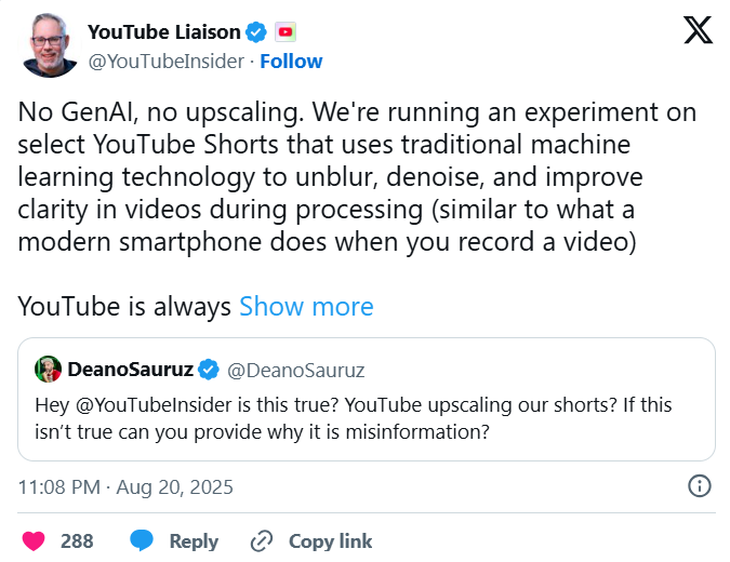
A YouTube Insider staff member explains Shorts video processing technology - Screenshot
In a brief statement to several media outlets, YouTube said it is testing technologies to enhance the video viewing experience by automatically applying image processing techniques. A company representative confirmed that the creator's original files are not altered and the goal is only to help viewers get better use of their devices and network connections.
However, this information has not satisfied the community. Some technology experts say that YouTube needs to be more transparent about when and where the feature is applied.
They believe that AI image optimization is an inevitable step forward, but without an on/off option, the platform will inadvertently lose trust from content creators, who are the pillars of the YouTube ecosystem.
Users need transparency
Many predict that YouTube will soon add an option that allows creators to decide whether to apply automatic editing, which could be a way to balance the benefits of technology with creative control.
The feature also signals a broader trend: online platforms will increasingly rely on AI to improve the quality of content users watch. Netflix, TikTok, and other live streaming services could deploy similar technology to keep their audiences engaged.
The most important lesson is that technology needs to be accompanied by transparency. Users have a right to know how their content has been edited, and creators have a right to choose how their work is presented to the public. Without this, a seemingly convenient feature can easily become the center of controversy.
Source: https://tuoitre.vn/thuc-hu-viec-youtube-tu-dong-chinh-sua-video-khien-cong-dong-tranh-cai-20250828165050001.htm






![[Photo] Panorama of the cable-stayed bridge, the final bottleneck of the Ben Luc-Long Thanh expressway](https://vphoto.vietnam.vn/thumb/1200x675/vietnam/resource/IMAGE/2025/9/30/391fdf21025541d6b2f092e49a17243f)

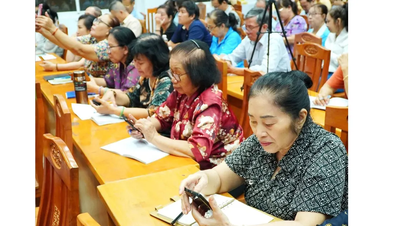

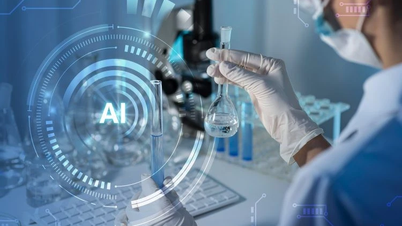


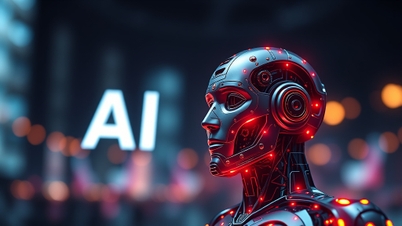




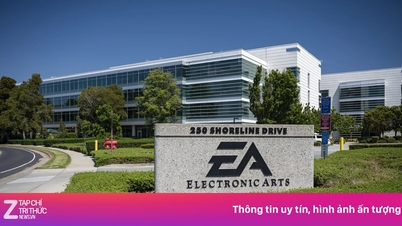

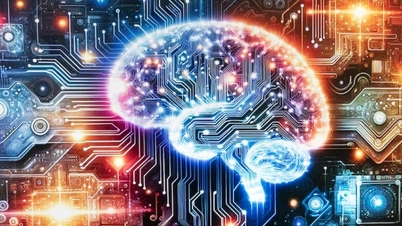

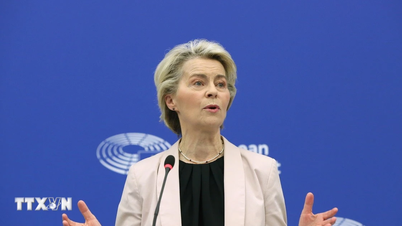

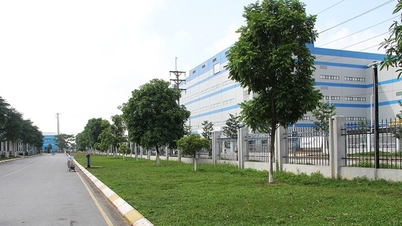




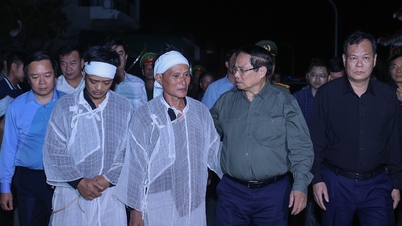

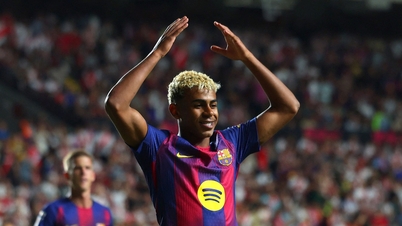
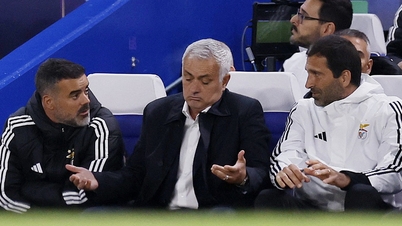



![[Photo] President Luong Cuong receives President of the Cuban National Assembly Esteban Lazo Hernandez](https://vphoto.vietnam.vn/thumb/1200x675/vietnam/resource/IMAGE/2025/9/30/4d38932911c24f6ea1936252bd5427fa)
![[Photo] The 1st Congress of Phu Tho Provincial Party Committee, term 2025-2030](https://vphoto.vietnam.vn/thumb/1200x675/vietnam/resource/IMAGE/2025/9/30/1507da06216649bba8a1ce6251816820)



















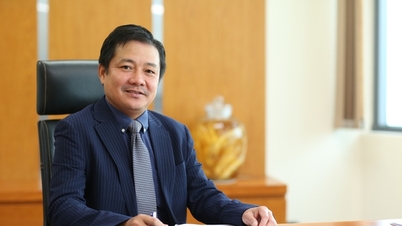
























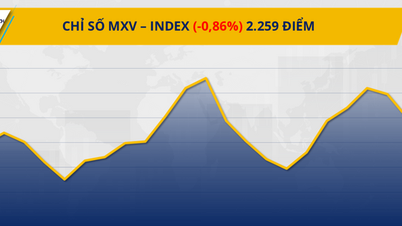

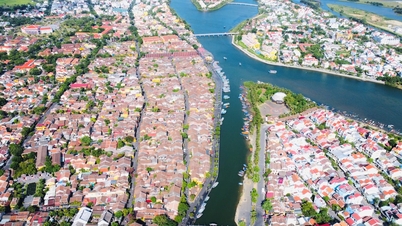

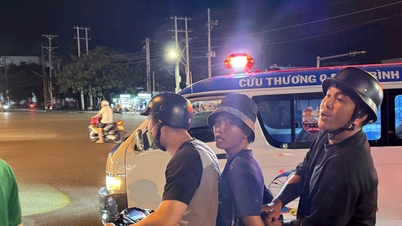



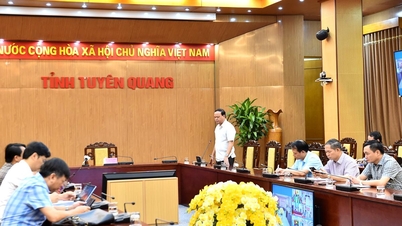

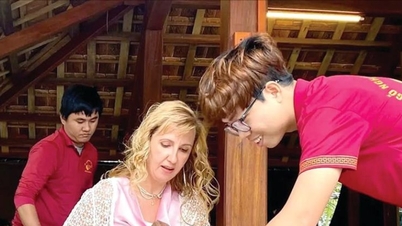














Comment (0)